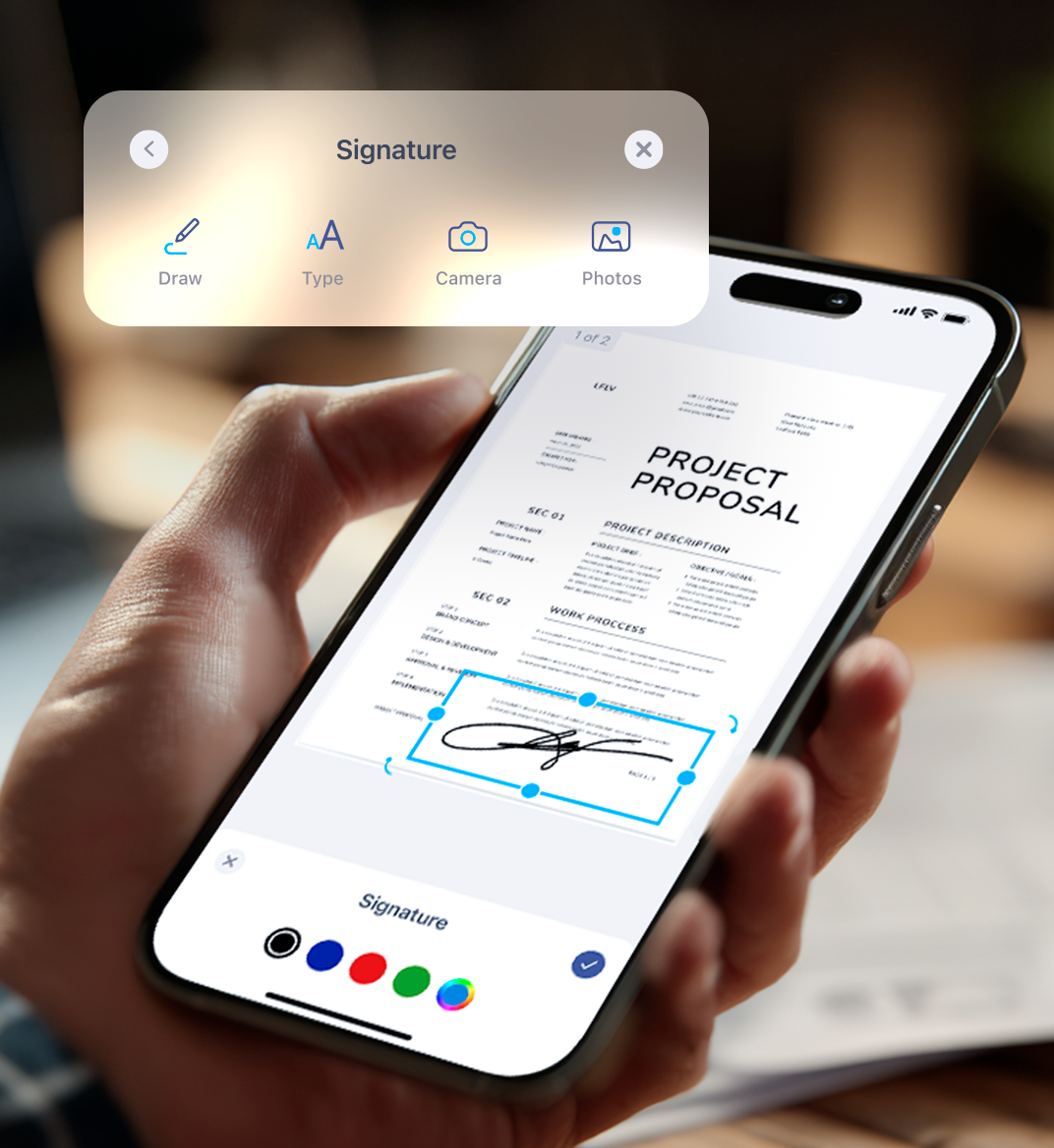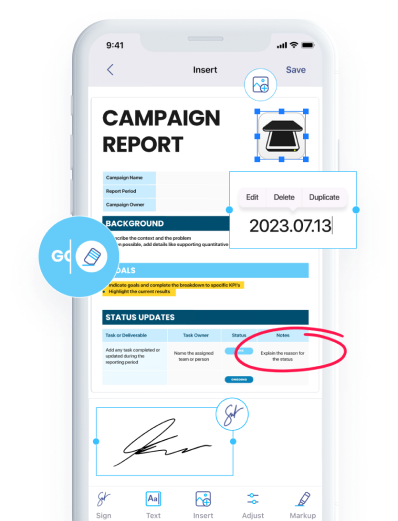

16 sep 2025
Today, as the majority of documents are created, shared, and signed digitally, traditional wet signatures are gradually being replaced by faster, more efficient, and often legally valid alternatives. E-signatures reduce costs, improve workflows, and offer a new level of flexibility. If you’re still unsure about making the switch, you might be surprised at how simple and convenient it really is.
There’s no need to go into detail when comparing wet and e-signatures, as their names speak for themselves. However, in different legal systems, even the same type of signature can be interpreted differently. So, for the sake of clarity, here’s what we mean: a traditional (also called wet or handwritten) signature is made physically using a pen or pencil, while an electronic signature is created digitally.
E-signatures are widely recognized and are increasingly accepted worldwide. In the United States, they’re also legal and enforceable. Despite this, some people still hesitate to trust digital methods for signing documents, preferring to do it the old-fashioned way.
But here’s the thing. The first known so-called signature is believed to have been made around 5 thousand years ago on a clay tablet found in Sumeria, present-day Iraq. For sure, we no longer sign documents on clay. Moreover, over the past 50 years, the way we handle documents has changed significantly due to the rise of the internet, email, smartphones, and other digital tools. And the way we sign documents is naturally evolving as well.
The biggest disadvantage of a traditional signature is that the process is very slow. When you’re done with the draft of an agreement, you have to print it, sign it, scan it again, upload it to your device, and then send it. But what if there’s a mistake or a typo? Or what if the other party requests a revision? You have to go through the entire process all over again.
Sometimes, signing a document even requires traveling. Either you or your counterpart might spend days and a significant amount of money, considering flight tickets, hotels, and other travel expenses, when actually the entire process could take just 10 minutes digitally, without the need to fly halfway across the world.
Mail systems also vary from country to country. In some regions, sending documents for signature can be time-consuming and unreliable. And once again, it can be costly, especially if the matter is urgent.
So, what are the advantages of e-signatures? They offer true flexibility.
First, documents can be signed by multiple parties at the same time, without the need to transfer physical copies from one place to another. Location, time zones, and reliability of mailing systems become absolutely irrelevant.
Second, digital signatures can save a lot of money. Since there’s no need for paper, printing, or mailing, your company can cut these costs. Plus, the reduced need for in-person meetings or travel leads to even greater savings.
Third, digital signatures simplify document management. Everything is stored electronically and is easily accessible on your device whenever you need it.
Fourth (and often overlooked), e-signatures reduce paper waste and contribute to environmental sustainability.
However, there’s one very important thing to remember: not all digital signatures have the same legal weight. To be more exact, in some cases, e-signatures should meet certain safety requirements to be considered valid. For instance, in the United States, these standards are outlined in the Electronic Signatures in Global and National Commerce (ESIGN) Act, which ensures that e-signatures have the same legal standing as handwritten ones. Such digital signatures are available through services like DocuSign and SignNow. So, to be 100% sure, check in advance which type of digital signature will be suitable for your task.
Now, if you need a digital signature that doesn’t have to meet strict legal requirements, here are your options.
There are different ways to create e-signatures, but since some tools work with all of them, let’s look at how they work in practice. We’ll use the iScanner app as an example. It’s a PDF editor and mobile scanner that makes it possible to e-sign your documents however you like.
If you already have iScanner installed, follow along. If not, click the link to download it either from the App Store or Google Play.
This option allows you to draw your signature just like you would with a pen or pencil, but using your finger on the screen instead.
1. Open the doc you want to sign in the app.
2. Tap Sign, then Plus.
3. Choose Draw to create your signature. You can also adjust the color and thickness if needed. Tap Save when you’re done.
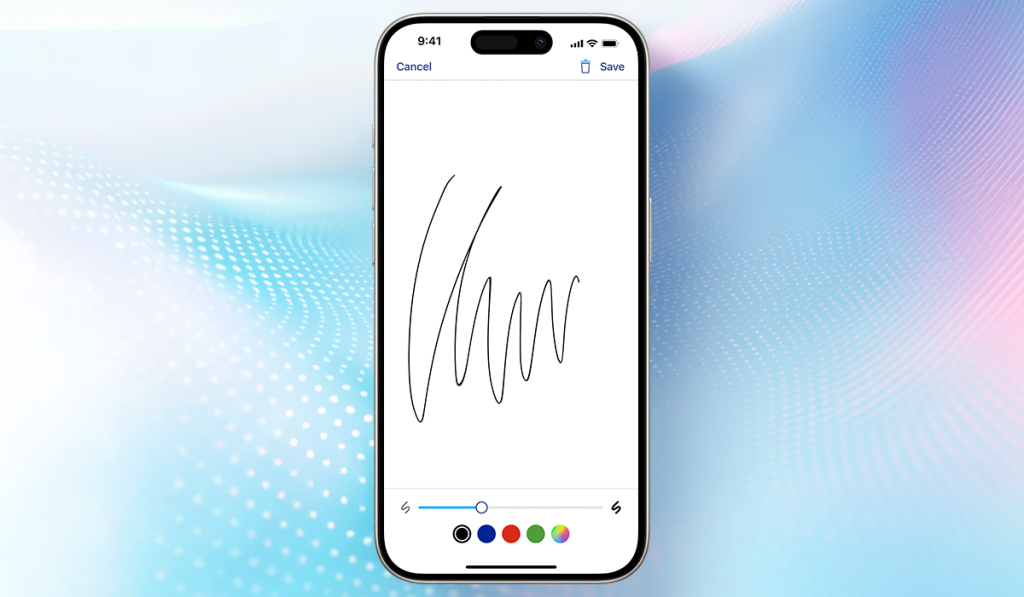
4. Tap the part of the screen where you want to place your signature. That’s it!
If you don’t want to draw your signature, you can simply type it instead.
1. Tap Sign (and then the plus sign if you’ve already saved a signature in the past).
2. Select Type, then enter your signature. You can also change its color, thickness, and font.
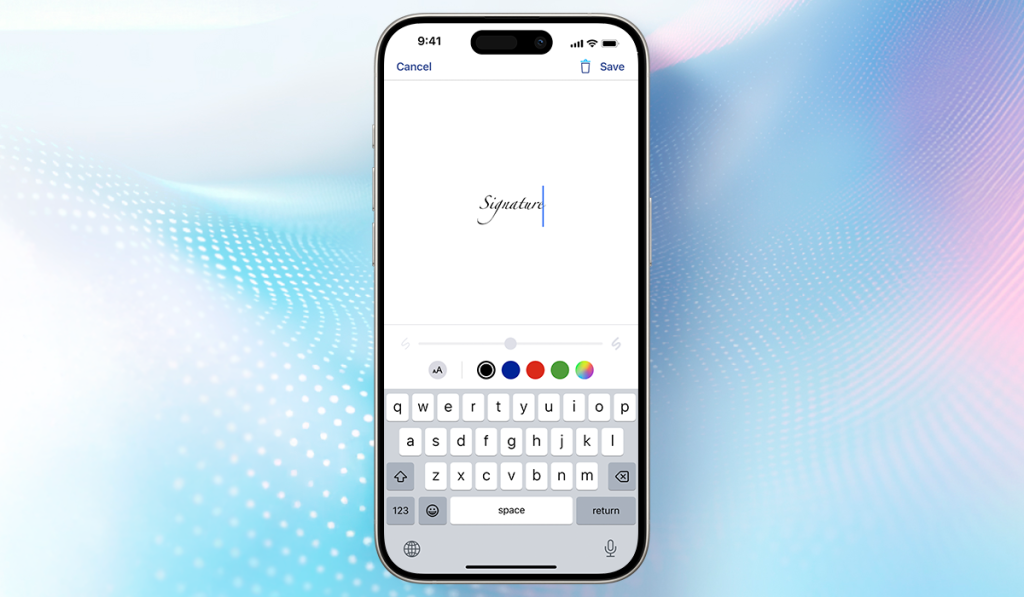
3. Tap the screen where you want to place it.
If you have a paper document with your signature on it, you can take a picture of it and use the digital version afterwards. Here’s how:
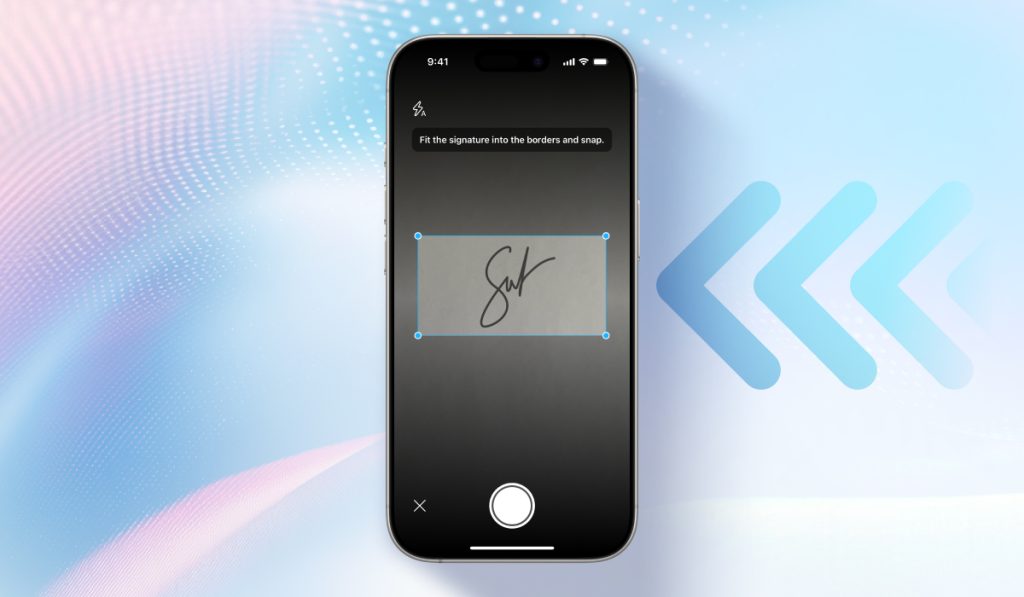
Whichever option you choose, your saved e-signature will be available next time you tap Sign.
iScanner is for EVERYONE
PHizzlefoshizzle, App Store (US), May 19, 2025 ★ ★ ★ ★ ★
I love this and use it all the time! I do not use paper anymore!! From the kids’ school forms to business it does it all.
See more iScanner reviews on the App Store.
